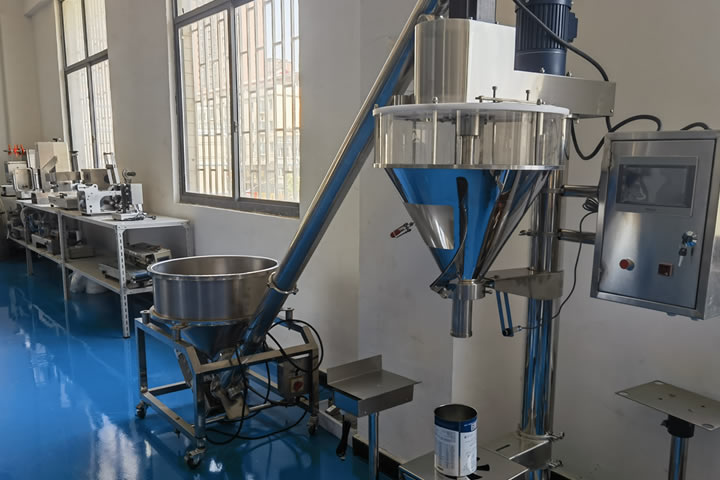"The dust concentration in the production workshop has finally reached the standard! The batching accuracy has also been improved by more than one order of magnitude compared with the past." Li Gong, director of a carburizer production workshop in Wuxi, said with emotion, pointing to the newly put into production packaging line. This company, which has been deeply involved in the field of metallurgical auxiliary materials for 20 years, has not only solved the dust leakage problem that has long plagued production by introducing Ply-Pack customized batching and packaging units, but also opened a new chapter in intelligent manufacturing.

The traditional packaging equipment used by the company in the past faced dual challenges: the batching error rate of mixed particle size recarburizer (0.2-3mm) was as high as 1.5%, and the dust concentration in the working area exceeded the industry safety standard of 8mg/m³ for a long time. After field research, the Ply-Pack technical team proposed an industrial automation solution with batching and packaging unit as the core.
The unit adopts a modular design, and the main body consists of an intelligent weighing system, a double-screw feeding module and a three-stage dust removal unit. Among them, the intelligent weighing system compresses the batching error to ±0.1% through high-precision sensors and dynamic compensation algorithms. The technical team optimized the feeding curve specifically for the characteristics of the recarburizer, quickly filling at a speed of 1.2 kg per second in the rough feeding stage, switching to fine-tuning mode when approaching the target value, and reducing the batching time of a single batch by 40% compared with the old equipment.
The dust leakage prevention process is the key research focus of this project. The Ply-Pack engineering team has integrated a triple protection design into the batching and packaging unit: the inner wall of the raw material warehouse is coated with food-grade antistatic coating to reduce dust adhesion from the source; a circular air curtain isolation device is deployed at the connection of the feeding pipeline, using 0.08MPa compressed air to form a dynamic seal; a pulse backflush dust collector is configured at the end, and a PTFE-coated filter cartridge is used to capture ultra-fine dust.
Acceptance data shows that after the unit has been running continuously for 72 hours, the dust concentration in the operating area is stably maintained below 1.8mg/m³. What surprised the customer even more was that the energy consumption of the dust removal system was 22% lower than expected, thanks to the application of intelligent frequency conversion control technology - the system can adjust the fan power in real time according to the dust concentration to avoid energy waste.
The commissioning of the batching and packaging unit has brought benefits far beyond expectations. Statistics from the production department show that three months after the equipment was put into use, customer complaints due to inaccurate measurement were zero, and the raw material loss rate dropped from 3.7% to 0.5%. The more far-reaching impact is that, as a key node of the smart factory, the unit has achieved data intercommunication with the company's MES system, uploading 12 types of parameters such as batching deviation and equipment status in real time, providing precise support for production decisions.
"This set of equipment has changed our supply chain management logic." The head of corporate procurement revealed that the industrial automation solution provided by Ply-Pack includes a cloud-based remote operation and maintenance module, and suppliers can monitor the health status of equipment in real time and arrange spare parts delivery in advance. This model reduces the comprehensive operation and maintenance cost of equipment by 35% and shortens the fault response time to within 4 hours.
The successful practice of the Wuxi project is producing a ripple effect. Three similar companies in the surrounding area have started technical transformation research, and the Ply-Pack technical team is extending this case experience to sub-sectors such as ferrosilicon alloys and deoxidizers. It is worth noting that the new generation of batching and packaging units have been integrated with AI visual inspection technology, which can automatically identify material agglomeration and trigger vibration screening, further expanding the application boundaries of the equipment.
From traditional workshops filled with dust to data-driven intelligent production lines, the technological innovation of batching and packaging units is reshaping the production paradigm of the metallurgical auxiliary materials industry. Ply-Pack will continue to deepen the innovation and iteration of industrial automation solutions, and help more companies achieve quality changes and efficiency leaps with smarter and more environmentally friendly packaging machinery technology upgrades.

